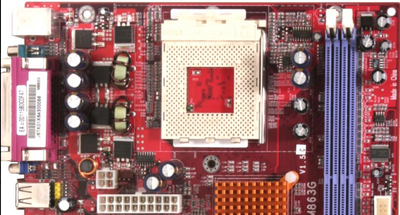First post, by RetroSpector78
- Rank
- Member
I had an AMD Athlon board on my bench and I wanted to check the output voltage of the mosfet. While poking around with my multi-meter I accidentally shorted the drain and source.
The machine shut down immediately and wouldn't start anymore.
Now I have been careless in the past and have had this happen before, but then usually the machine does start again after unplugging the PSU , waiting a while and firing it back up. Only this time it didn't
The mosfet was of type NEC K3570 ( 1 of 2 on the board). When I pulled it out of the board it no longer passed the standard mosfet test.
I first thought this created a dead short and fried the mostfet. But then I thought that this is the equivalent of having the mosfet turned on and should in fact not harm the mosfet itself.
So am I wrong in saying that this short was simulating the transistor being one for a prolonged period ? If my understanding of VRMs is correct this would have caused the voltage to rise at the end of the coil reaching the cpu and potentially frying that.
I also read that mosfets usually do not cause collatoral damage, but was wondering if this short could have triggered the failure of other components (diodes / other mosfets / cpu ?).
I also noticed 4 other SOT packages on the board of type JS3241 / B4Q30 (I couldn't find a datasheet for those but they also seem to be transistors).
I did replace the mosfet that I shorted by it still doesn't POST.
